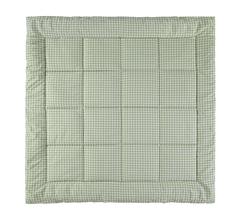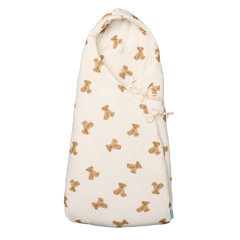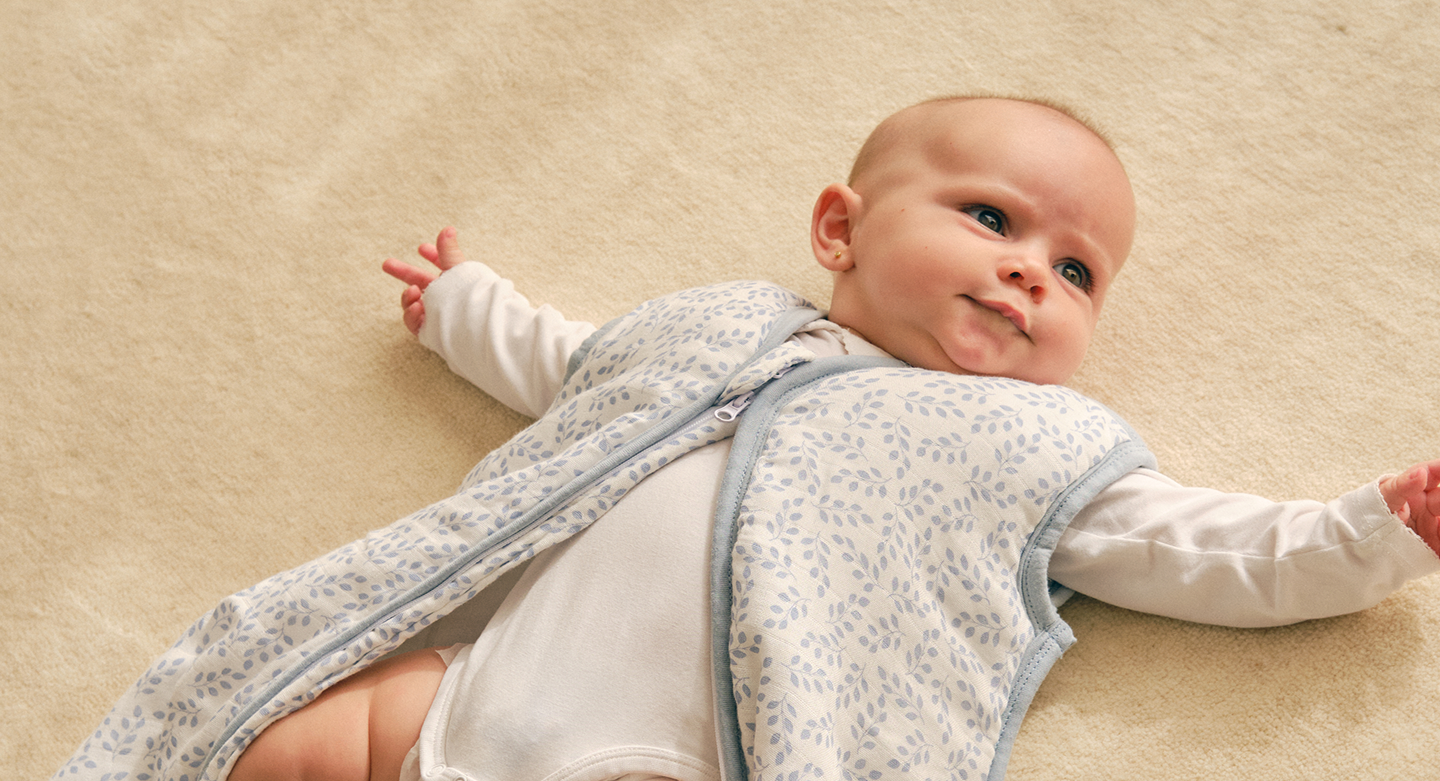How to dress a baby for sleep?
Every mother/father wants to avoid any kind of discomfort for their baby at night, whether it's being cold, uncomfortable, or not being able to move freely.
We'll tell you how to promote a good sleep routine and hygiene for your baby.
A sleeping bag has many advantages, but which bag should I use? We answer this and many other questions in this article.
We'll tell you everything you need to ensure your little one's restful sleep, comfort, and safety, as well as all the advantages of using a baby sleeping bag.
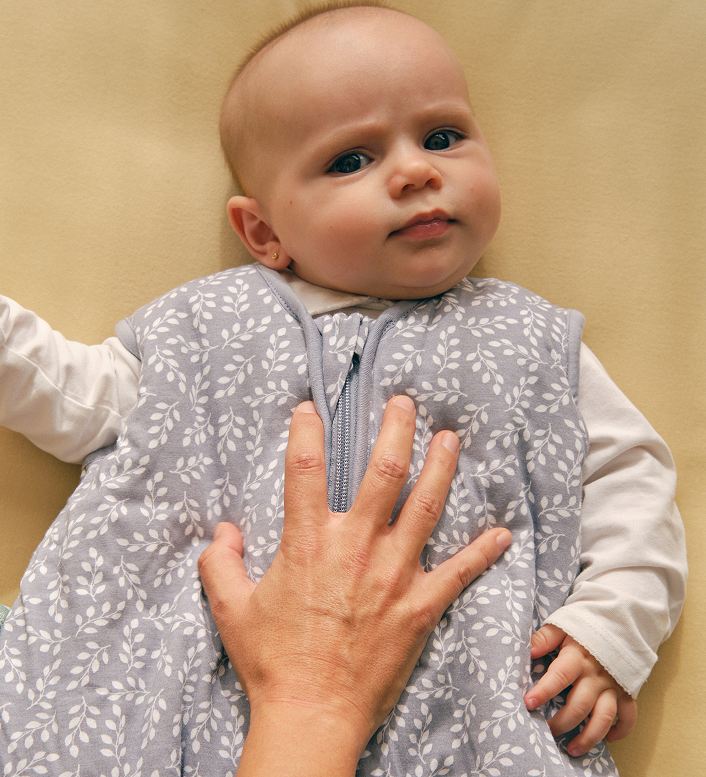
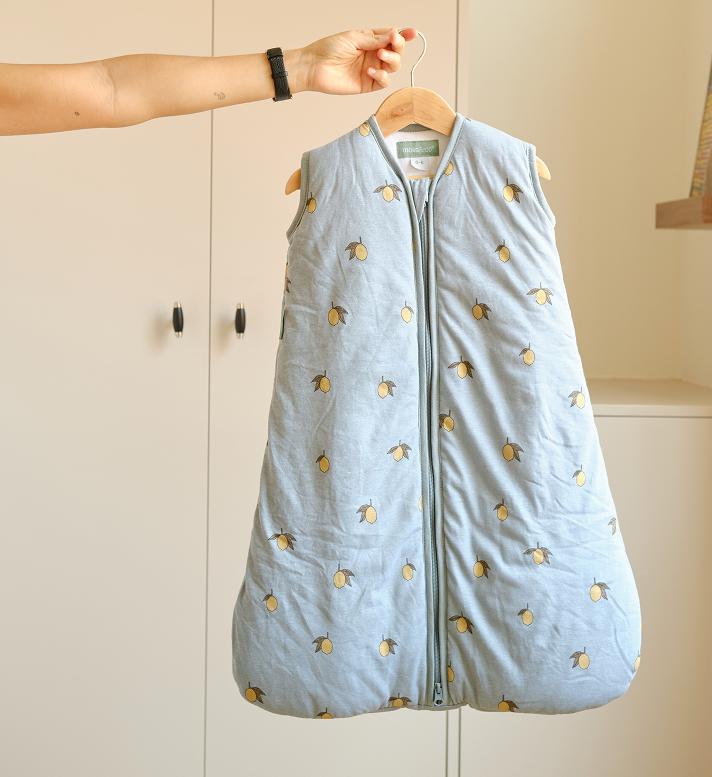
How to choose a sleeping bag for your baby?
Below we show you the types of bags, types of filling, and, most importantly, when to use them. There are different types of sleeping bags with different thicknesses. Depending on the time of year, you'll need to choose one or the other. We refer to the thickness as the TOG.
To learn how to keep your baby at the right temperature for sleep and which sleeping bag to use, let's talk about TOG, which is one of the most important things when choosing a sleeping bag.
The TOG measurement determines its thickness and, therefore, the warmth it provides to your baby. The higher the number, the thicker the mattress.
- TOG 2.5: This is the recommended sleeping bag for winter. Designed to protect your baby from lower temperatures and cold nights. (Rooms between 16 and 21 degrees)
- TOG 1.0: Recommended for mid-seasons, i.e., spring and fall. Designed to protect baby on cooler nights. (Rooms between 21 and 23 degrees)
- TOG 0.5: Recommended sleeping bag for summer. Designed for your little one's comfort on those nights after high daytime temperatures. (Rooms between 23 and 27 degrees) This way, little ones won't need a duvet or to be covered up; they'll be protected all night and can move around freely.

